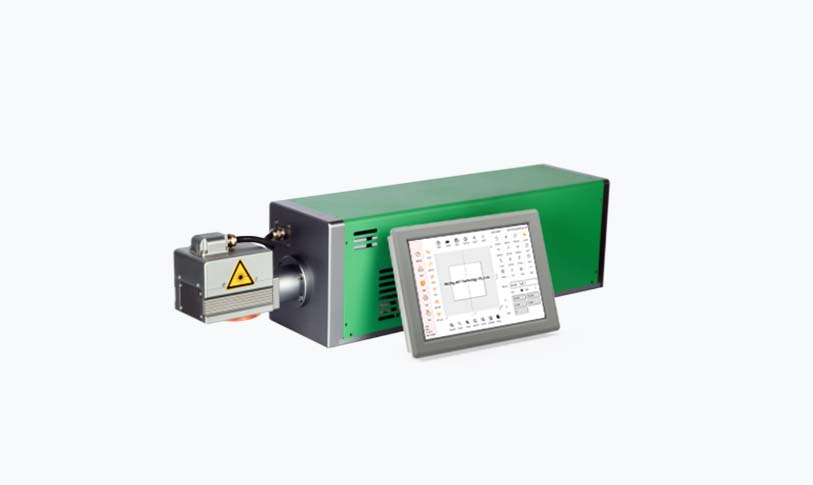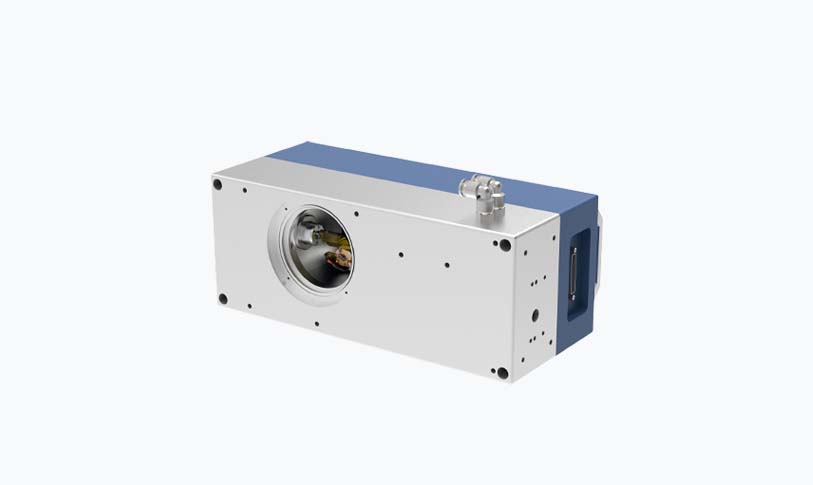****

Exploring the Versatility and Applications of the 100 Watt Fiber Laser in Modern Industry and Manufacturing
In recent years, fiber lasers have revolutionized the manufacturing landscape, offering increased efficiency, precision, and versatility in various applications. Among these advancements, the 100 watt fiber laser stands out as a remarkable tool for industries ranging from metal fabrication to telecommunications. This article delves into the features, benefits, and diverse applications of the 100 watt fiber laser, highlighting why it has become a preferred choice for many industrial processes.
What is a 100 Watt Fiber Laser?
A fiber laser is a type of laser that uses a doped optical fiber as the active medium to generate laser light. The 100 watt fiber laser specifically refers to the power output, which determines its effectiveness in cutting, engraving, and marking materials. This specific power level is advantageous for medium-thickness materials and is widely resistant to power fluctuations, ensuring consistent results in various operating conditions.
Advantages of the 100 Watt Fiber Laser
1. **High Efficiency**: One of the primary merits of using a 100 watt fiber laser is its energy efficiency. Fiber lasers can convert electrical energy into laser energy at an impressive rate, often exceeding 25% efficiency. This efficiency not only reduces operational costs but also minimizes heat generation, which is crucial in maintaining the integrity of materials being processed.
2. **Precision and Quality**: The focused beam delivered by the fiber laser allows for high-precision cutting and engraving. With the ability to produce a narrower kerf and finer details than traditional lasers, the 100 watt fiber laser ensures high-quality results, leading to minimal material wastage and exceptional finishing.
3. **Versatility**: The versatility of the 100 watt fiber laser is another key feature that makes it attractive to manufacturers. It can effectively cut, engrave, and mark a wide range of materials including metals (such as stainless steel, aluminum, and copper), plastics, and even certain ceramics. This broad application spectrum means that manufacturers can invest in a single machine for multiple processes, saving both time and costs.
4. **Low Maintenance**: Fiber lasers generally require less maintenance compared to traditional CO2 lasers. Since they have no moving parts, perform at lower temperatures, and do not require frequent reconfiguration, businesses can expect reduced downtime and lower operational disruption.
5. **Compact Design**: The design of fiber lasers is typically more compact than that of their CO2 counterparts, allowing for more efficient use of floor space in industrial settings. This compactness, combined with their powerful performance, makes them a popular choice for companies that prioritize workspace efficiency and productivity.
Applications of the 100 Watt Fiber Laser
1. **Metal Fabrication**: The ability to cut through sheets of metal with ease makes the 100 watt fiber laser a staple in metal fabrication shops. Whether it’s creating intricate designs or cutting out parts for assembly, this laser can handle tasks that might be difficult or time-consuming with traditional methods.

Exploring the Versatility and Applications of the 100 Watt Fiber Laser in Modern Industry and Manufacturing
2. **Sign Making**: For the signage industry, precision and quality are paramount. The 100 watt fiber laser allows for detailed engraving and cutting of materials such as acrylic, wood, and metal, helping businesses create customized signs with vibrant graphics and lettering.
3. **Jewelry Making**: In the world of jewelry design, a 100 watt fiber laser can be used to engrave intricate details on metal pieces or cut designs from thin sheets of gold or silver, providing jewelers with a powerful tool to enhance their creations.

Exploring the Versatility and Applications of the 100 Watt Fiber Laser in Modern Industry and Manufacturing
4. **Telecommunications**: Fiber lasers play a crucial role in the production of optical fibers used in telecommunications. The versatility and precision of the 100 watt fiber laser make it perfect for cutting and processing fiber optic cables.
5. **Medical Devices**: The medical industry also benefits from the precision offered by the 100 watt fiber laser. It is used to cut and engrave surgical instruments and other medical devices, ensuring high quality and reliability.
Conclusion
The 100 watt fiber laser has undeniably carved a niche for itself in modern-day applications across various industries. With its remarkable efficiency, precision, and versatility, it has become an indispensable tool for manufacturers seeking to enhance their production capabilities. As technology continues to evolve, the 100 watt fiber laser will undoubtedly remain a vital asset in driving innovation and maintaining competitive advantages in the ever-changing industrial landscape.engraving software laser




